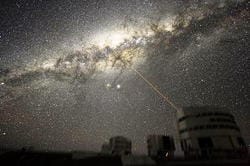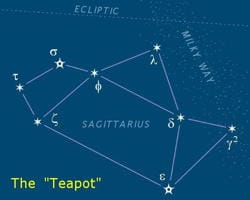This guide initially displays things that you may be able to see over the next few weeks. Use the selector below to find items by name, regardless of time of appearance.
For more local information join the Pajarito Astronomers and watch for Los Alamos County-sponsored Dark Nights.
Astronomy References
Archaeoastronomy (solstices and equinoxes)
MrEclipse
NASA (eclipses, transits, moon phases)
Subject Area Experts (all guides)
Steve Cary (butterflies)
Beth Cortright (insects)
Terry Foxx (invasive plants)
Leslie Hansen (mammals)
Richard Hansen (fish, mammals)
Dorothy Hoard (butterflies, trees)
Chick Keller (flowers, herbarium)
Shari Kelley (geology)
Kirt Kempter (geology)
Garth Tietjen (reptiles)
David Yeamans (birds)
Web Development and Content Management
Pat Bacha
Jennifer Macke
Graham Mark
Akkana Peck
Contact
Please contact us for local nature questions and sightings. We welcome comments, corrections, and additions to our guides.
For more information about local nature, please visit our Nature Blog or subscribe to PEEC This Week.
Make Selection
Photo: Montrealais | Big DipperVisible with the naked eyeMar 01 - Jul 01 The Big Dipper is part of the constellation of Ursa Major, the Great Bear. The two stars at the end of the ladle point to Polaris, the North Star. Follow the arc in the handle to the bright star Arcturus. The Big Dipper is circumpolar, meaning it is always visible, but it is highest in spring. |
 Photo: ESO" | Summer Milky WayVisible with the naked eyeJun 01 - Sep 01 Look for the summer Milky Way as a cloudy band streaming across the sky from north to south. That is our galaxy, with the core of it in Sagittarius in the south. |
 Photo: Eoghanacht | Scorpius and SagittariusVisible with the naked eyeJun 01 - Sep 01 for Scorpius and Sagittarius in the southern sky. Sagittarius is shaped like a teapot, pouring tea onto the tail of the Scorpion. The brightest star in Scorpius is called Antares, the "Rival of Mars" |
 Photo: Filip Lolic | Hercules ClusterVisible with binocularJul 15 - Oct 01 Hercules Cluster M13, the great Hercules globular cluster, is a tightly packed cluster of about 300,000 stars -- sort of like a mini-galaxy inside our own galaxy. It is visible in binoculars, or just barely with the naked eye. |
